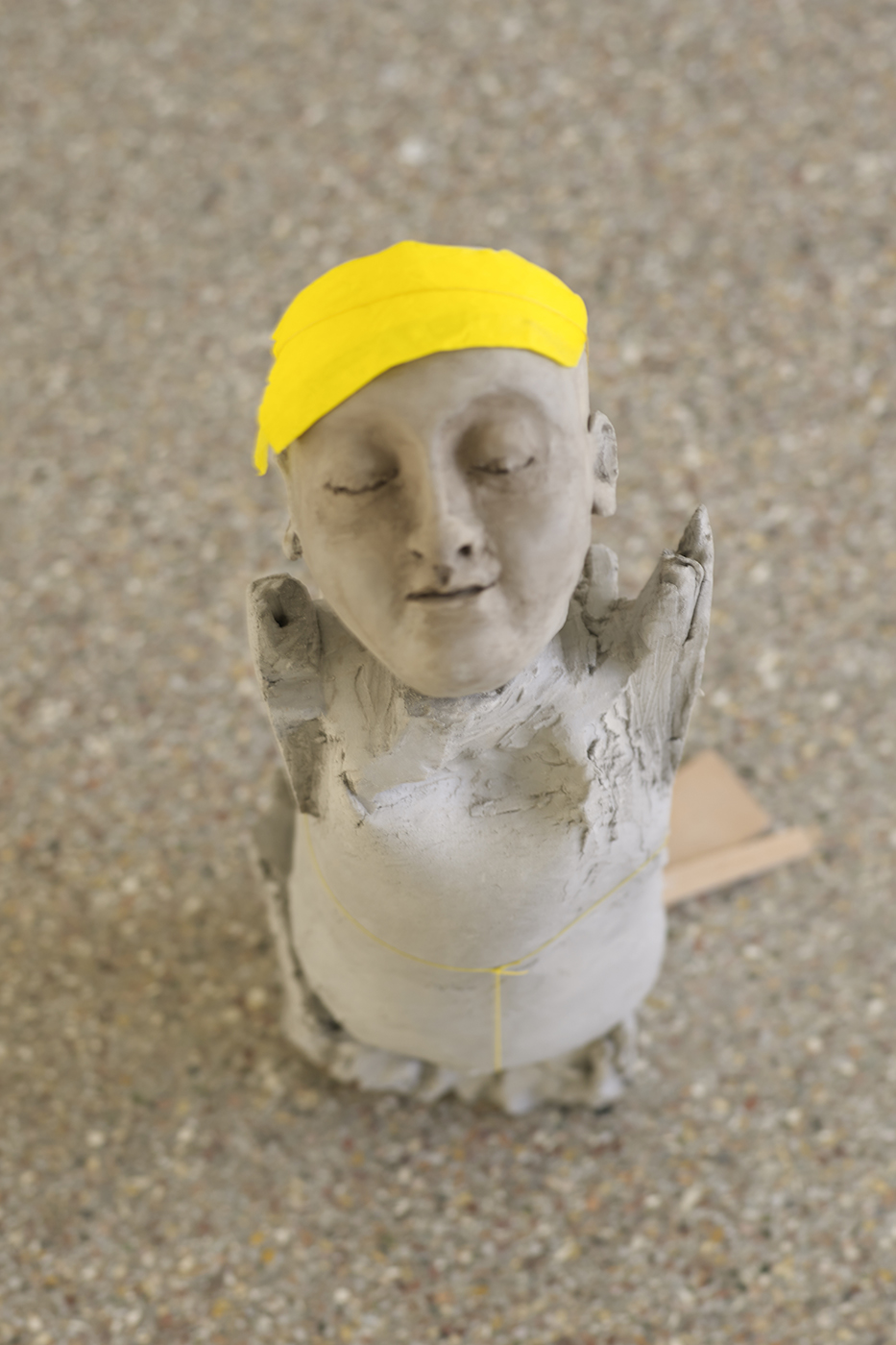Call it anything
Since 2012
With contributions, interventions and support from:
Marc Boissonnade, Sylvie Brosseau, Lucien Castaing-Taylor, Elisabeth Claverie, Roland Desbordes, Vinciane Despret, Patricia Falguières, Keiichi Ishii, Sophie Houdart, Ernst Karel, Gaspard Kuentz, Elisabeth Lebovici, Myriam Lefkowitz, Véréna Paravel, Mélanie Pavy , Nataša Petrešin-Bachelez, Oussouby Sacko, Stéphane Sautour, Alexandre Schubnel and Van Eetvelde Sautour (ongoing).
Call it Anything has been the name of an operation and the authors’ collective associated with it for some time, and it has now become a label for F93’s activities to continue a range of initiatives all somehow relating to the disaster that occurred in Fukushima on 11th March 2011. The usual interpretation of Call it Anything to mean “no matter what” or “it’s all the same” is undoubtedly correct, but this form ignores the spirit in which it was chosen as a title in 2012 and the reason we still refer to it - not “any name, no matter which” but rather “a name, so that it matters”.
To begin with, it is a matter of time - giving ourselves plenty of time, getting a feel for deferred “achievements”, and at the same time, attaching a label to the activities carried out by a cultural centre that until now has been used to short time spans and constant updating. In this context, which is no longer the same, particularly with regard to the duration, an approach can start to take different risks. We are opening ourselves up to the future in a way that is ostensibly more serene. As though, at last, it is possible to endure, to “last forever, no matter what”, and, most importantly, to see if the various commitments we have made will one day come true: what will be the reality of these commitments, their references and meanings? Their destination, their modes and procedures? It is also a matter of territory: it is highly likely that a “label” principle has always existed in the vicinity of Call it Anything. Contrary to what we might think, a label needs neither a vast area nor a cultural industry – it has an opportunistic capacity to express itself in under-populated areas. It can establish itself and prosper there as long as it has access to an environment that seeks activity and visibility, as is the case here; one that seeks to forge new financial, scholarly, political, and educational relationships – this aspect is always a key criterion for a label. Naturally, all along this thread, the musical keys of time and place have managed to resonate with many of the operation’s “historic” representatives, primarily those involved in the various written, oral and visual (etc.) contributions launched and brought together by F93 since 2012. Thanks to the myriad effects of their conception, their presentation and their presence, these contributions have all played a major part in prefiguring the label as well as in its future formulation. In addition to the principle of belonging that a label provides, its capacity to bring together under the same name what these contributions are all about, they all require from it a particularly “practical” act, for it to be subject to a “practice” in that they all wish to be read, seen, meditated upon, used and tested. For these contributions, first and foremost, this label needs to be a transformative operator.
The example of the label is enlightening in many regards. What attracted F93 to this question was that a label can also initiate, encourage and in doing so, serve the project of a “memory” and, by extension, a genuine archive: testifying, establishing and preserving – in this instance, gathering together all the mobilised knowledge and skills; the methods used, especially to respond to problems considered relevant; the means of response and validation; the ways of perceiving, feeling, observing, evaluating, etc. This advantage can be understood if we consider those who take part in the approach – in both the present and the future. On the one hand, making it clear to everyone that each new step relies on pre-existing actions, that those who take the next step alongside F93 do so with the intention of following in the footsteps of those before them, supplanting them or proving them wrong. And on the other hand, showing that the trajectory of a project such as this is strongly affected by the order in which the solutions arrive, are suggested or found, and that, insofar as an order such as this always determines how future possibilities develop, these involve research, general strategy, dissemination or ideas, or involve work undertaken jointly, preparatory work and polemical and/or contradictory discussions.
It is clear that this label’s identity is determined more by its relationship to an “idea”, in other words, to the sum of what it might make possible. And while we have had to reconsider questions such as “What can a label do and where does it originate from?”, as well as the answers already suggested in terms of time, territory or archives, we should also point out that, with regard to creations, contributions and actions, the Call it Anything label does not seek to set what derives from words against what derives from actions; indeed, it could neither set these things against each other nor separate them, since, for the label, saying means doing. In this context, the label’s model is the promise – it gives considerable weight to this notion given that its entire philosophy could be resumed thus. Firstly, because it could be said that the label has given its word. We then, once again, come up against the problem of time. When the label says “I will still exist tomorrow”, we have to keep to this because it then takes a stance, declaring its capacity to “persist” despite mood swings and changing feelings, despite failures and mistakes and the lack of resources, and in spite of time that wears down and will wear down its desire to keep its promise. In this situation, another equally powerful side to the promise can be seen in the fact that it is not only the label that is called into question. Admittedly, it is the label that has to keep its promise but in relation to another – in this case, others – at the moment, two anthropologists, a historian, an artist, a seismologist, two filmmakers, a curator, etc. - who are all counting on the label, in other words, who expect it each time to keep its word. And to such an extent that it is by receiving, by harvesting, if you will, the many expectations that we all constantly lay at its feet, that the label acquires its capacity to keep its promise. We should also add another feature - our label intends to make the “permanent” resumption of discussions about Fukushima its main goal. The consequence of this approach is the very specific concern for the concept (which is, in fact, fairly general) of “creativity”: to try and give accounts in conjunction with Fukushima, a project that lies on the border between memory, history and the present; attempting, therefore, to narrate, to give an account of what we were when the disaster occurred but also to initiate an account or accounts of what we might become, and in the process, to try to create and above all to use all the appropriate means for such an endeavour, putting ourselves at the very heart of a social, cultural, scientific and aesthetic creativity in which narrating constitutes – or should constitute – a permanent act. For these reasons, the activities produced and disseminated under our label do not and will not deal with Fukushima or with “something about” Fukushima; some artists’ collaborations are not necessarily directly linked to the idea of representing the disaster (another thing being, on the contrary, the crucial question of representation and with it, the capacity of “images” to inspire and authorise such and such an interpretation of the disaster); in the same way, the main reason for the presence of scientists is not to instigate a critique. We are not saying that all this is wrong or futile; we have nothing against these principles as such. We merely question the consequences of this for “our” label. Our label sees itself as more experimental, drawing on an economy in which all kinds of relationships hope to be enriched, interlocking multiple techniques in terms of thinking and skills as well as emotional responses, presence and repetition, making it possible to benefit collectively from proximities and the passages that sometimes connect them. With the support of a label, this approach can aspire to become a genuine alternative that no longer – or to a lesser extent – implies the conception of interfaces between fields considered static and well defined (in our case, philosophy, cinema, anthropology, arts, geology, etc.).
The Fukushima disaster has in some way become an affair in every sense of the word – a drama, an event, a project, an affront, negotiation, noise, participation, emotion, collective confusion, a struggle, a fray, imitation, a business, a show… Since 2011, it is also our affair here at F93. Having said that, what can a label such as Call it Anything represent in the vast concert of initiatives relating to Fukushima? It does not harbour a rigorous method and even less a theory; at best, it will develop a vacillating or even mysterious format that will progress by refusing more often than not to follow the lines indicated by the various disciplines or principles or the many hierarchies and distinctions that often form the basis of engagements. Its general attitude might arouse sympathy; some may even see in it a somewhat “wild” free-for-all; on the contrary, this label and the initiatives it encompasses may also be considered indifferent to or even distanced from the public’s expectations. In this respect, efforts have been made to explain that this is not the case. But in fact, the label accepts being considered “weak” for what it nevertheless sees as an essential quality for a collective project of this scope: by continuing to denote itself as a process that cannot yet be pinned down or presented, and by repeating the fact that it confronts something undefined, it tries to introduce a little play, a wavering or even instability into the heart of the many and powerful approaches that tell us what to think that may soon fuel the principal appraisals of and remarks about Fukushima.
Expositions / Parutions/ Diffusions :
- L'ÉTAT DES LIEUX, séminaire à l'EHESS, Paris, Saison 2019/ 20: 24 octobre et 19 décembre 2019, 23 janvier, 27 février, 26 mars, 23 avril, 28 mai, 25 juin 2020.
​- LE LONG DES CÔTES, Contour Biennale 9, Mechelen, 17 - 20 octobre 2019, sur une invitation de Natasha Petresin.
- L'ÉTAT DES LIEUX, séminaire à l'EHESS, Paris, Saison 2018/19 : 25 octobre 2018, 22 novembre 2018, 20 décembre 2018, 24 janvier 2019, 28 février 2019, 28 mars 2019, 23 mai 2019.
- Les nucléaires et les choses, discussion filmée entre le collectif et Hikaru Fujii sur le Musée d’histoire et de folklore de la ville de Futaba, sur une invitation d'Hikaru Fujii et Kadist/ Paris, Amphithéâtre des Morphologies, Beaux-Arts de Paris, 21 mai 2019
- L'état des lieux, séminaire à l'EHESS, Paris : 25 octobre 2018, 22 novembre 2018, 20 décembre 2018, 24 janvier 2019, 28 février 2019, 28 mars 2019, 23 mai 2019, 27 juin 2019
- On sort donc les tripes petit à petit, en faisant bien attention de ne pas les percer… : article à paraître
- Furusato : installation 35’, Galerie des Filles du Calvaire, exposition "L’Histoire d’après", Paris, 30 juin-29 juillet 2018
- Go Get Lost : vidéo, 4’, exposition "En Suspens", Le Bal, Paris, 9 février au 13 mai 2015
- Qu’avons-nous fait, qu’allons-nous faire ?, participation aux Cinéma rencontres « Anthropocène, Bergerac, 3-7 avril 2018
- Ce territoire qui comme une pulsation… , intervention dans le cadre de la journée d’études « Re-member Fukushima. Vivre et enquêter dans les ruines du nucléaire », organisée par Laurence Bouquiaux, Julien Pieron et Vinciane Despret, Université de Liège, Belgique, 29 mars 2018
- Fukushima : l’expérience en partages, intervention dans le cadre du séminaire « Pragmatiques de la Terre », organisé par le GECo (Groupe d’Etudes constructiviste), Bruxelles, Belgique, 28 mars 2018
- Prendre soin de ce qui blesse. L’insoutenable vivre avec la radioactivité dans la région de Fukushima, participation au Colloque « Penser le soin à travers ses tensions. Fragilité et force du vivant et de son milieu » organisé par Laurence Tessier, EHESS, Paris, 9 mars 2018
- Fukushima à Black Mamba, invitation aux soirées Black Mamba organisées par Myriam Lefkowitz, Simon Ripoll-Hurier, Alfredo Hubard, Ateliers d’Aubervilliers, La Courneuve, 8 mars 2018
- Liste des choses qui rendent vulnérables… , intervention dans le cadre du séminaire « Violence, vulnérabilité, temporalité » organisé par Elisabeth Claverie et Michel Naepels, EHESS, Paris, 15 février 2018
- Balade à Fukushima, intervention dans le cadre du séminaire Anthropologie à Nanterre, 5 décembre 2017
- Omega : installation, Festival "La Science de l’Art", Méréville, décembre 2018
- Nostalgie après la fin du monde : communication dans le cadre du colloque de Cerisy « Saisir le rapport affectif aux lieux », 15-22 juin 2018
- Refuge-Fukushima : conversation entre Mélanie Pavy et Sophie Houdart, Le Bal, Paris, le 15 février 2018.
- Quelle période pour la catastrophe ? : communication aux journées d’études de l’IRIS Études globales, EHESS, Paris, 14-15 février 2018
- Le Projet Oméga : spéculations documentaires autour de la construction d’une ville japonaise dans le sud de l’Inde : communication dans le cadre du Worshop « Explorations interdisciplinaires autour du vivant », à l’ESPCI, PSL, le 21 juin 2017
- Catastrophe et nostalgie: que peut le cinéma documentaire en temps d’Apocalypse ? : communication et publication 14eme colloque annuel de la MAE « La composition du temps? Prédictions, événements, narrations historiques », Nanterre, 7,8 et 9 juin 2017
- March BY THE collectiVE around NAPLES : 21 mai – 26 mai 2018
- Le projet Omega : une ville japonaise dans le sud de l’Inde : communication lors ds Ateliers expérimentaux IMUalpha, ENS Lyon, 11 mai 2017
- Le Japon comme expérience de pensée : communication lors du Séminaire "Désirs d’Asie", La Femis, 7 mars 2017.
- NOUS NE SOMMES PAS LE NOMBRE QUE NOUS CROYONS ETRE: 36 hour Symposium: a working session of the collective, opened to the public, an invitation from Béton Salon. Cité Internationale des Arts, Paris, 2nd and 3rd February 2018.
- March BY THE collectiVE FROM THE BOZO PENINSULA TO SENDAÏ, 26th October - 4th November 2017.
- TUTTI FRUTTI : discussion with Sophie Houdart, Stéphane Sautour, Mélanie Pavy and Marc Boissonnade at EHESS; an invitation from Patricia Falguières. Paris, 2nd June 2017.
- WHAT CAN WE LEARN FROM A COLLECTIVE WALK NEARBY FUKUSHIMA ? : A DRAFT WALK ON THE WILD SIDE, conference by Sophie Houdart and Yoann Moreau, as part of the seminar organised by Matsumoto Miwao, Department of Sociology, University of Todai, Tokyo, 2nd November 2016.
- D’UN CERTAIN RAPPORT ENTRE LA NATURE ET LA TECHNIQUE, conference by Patricia Falguières, Department of Philosophy, Komaba, University of Tokyo, Tokyo, 2nd November 2016.
- March by the collective in the Fukushima region, 24th – 31st October 2016. Meetings with: Sylvie Brosseau/ Professeure à l'Université de Waseda, Tôkyô (spécialiste de l'histoire urbaine), Oussouby Sacko, architecte/ Dean de la faculté des Humanités de l'Université Seika, Kyôto, Gaspard Kuentz/ réalisateur et scénariste, Keiichi Ishii/ professeur au Département d'agronomie de l'Université de Sendai/ économiste spécialiste des politiques agricoles. Photos taken during the walk, to be seen on Stéphane Sautour's Blog.
- FUKUSHIMA MON AMOUR, workshop run by Marc Boissonnade, invited by Eric Jourdan, Ecole Supérieure d’Art et de Design, Saint-Etienne, December 2015. Exhibition of students’ projects at the 21st Milan Triennial, 2nd April – 2nd September 2016.
- LA CHOSE RADIEUSE. VIVRE EN TERRITOIRE CONTAMINÉ APRÈS LA CATASTROPHE DE FUKUSHIMA, conference by Sophie Houdart as part of the Le parti pris des choses en sciences sociales Day, Ecole Française, Rome, 16th June 2016. Download here.
- DO YOU NOT HEAR THE SEA ?, Exhibition by Stéphane Sautour, Loevenbruck Gallery, Paris, 11th Dec - 30th 2016.
- AU SUJET DE FUKUSHIMA. ESSAI D’ANTICIPATION PARTICIPANTE, lecture by Yoann Moreau and Sophie Houdart as part of the seminar Le théâtre des opérations : mise en scène de l’action, coordination des mouvements et transformation du monde, EHESS, Paris, 15th December 2015.
- AH HUMANITY!, Screening of the 23-minute film by Véréna Paravel, Lucien Castaing-Taylor and Ernst Karel for Nuit Blanche, at the Archives Nationales, Paris, 3rd October 2015.
- WHETHER WEATHER…Exhibition by van Eetvelde Sautour, Artipelag, Stockholm, 6th Feb – 3rd May 2015.
- FUKUSHIMA, DANS LES RÈGLES DE L’ART, proposal by Sophie Houdart, Yoann Moreau and Marc Boissonnade, winner of the call for projects by the Ministry of Culture and Communication Pratiques scientifiques et techniques au regard des politiques culturelles : questions et enjeux, March 2015.
- WHETHER WEATHER… Exhibition by VAN EETVELDE SAUTOUR, Greta Meert Gallery, Brussels, 13th Sept – 8th Nov 2014.
- WHETHER WEATHER… Exhibition by van Eetvelde Sautour, Studio Li Edelkoort, Paris, 2nd – 25th Oct 2014.
- WHETHER WEATHER, Publication of the booklet on van Eetvelde Sautour, 2014. Download here.
- STAYING WITH THE TROUBLE, Round table with Sophie Houdart, Yoann Moreau and Patricia Falguières, Studio Li Edelkoort, Paris, 7th October 2014. Download here.
- About Whether weather… text by Sophie Houdart about van Eetvelde Sautour’s collaboration, 2014. Download here.
Photographs : PIERRE ANTOINE, JEAN-BAPTISTE BÉLANGER, ANTOINE DUMONT, GALERIE GRETA MEERT.
Screeshot from the film: Mélanie Pavy
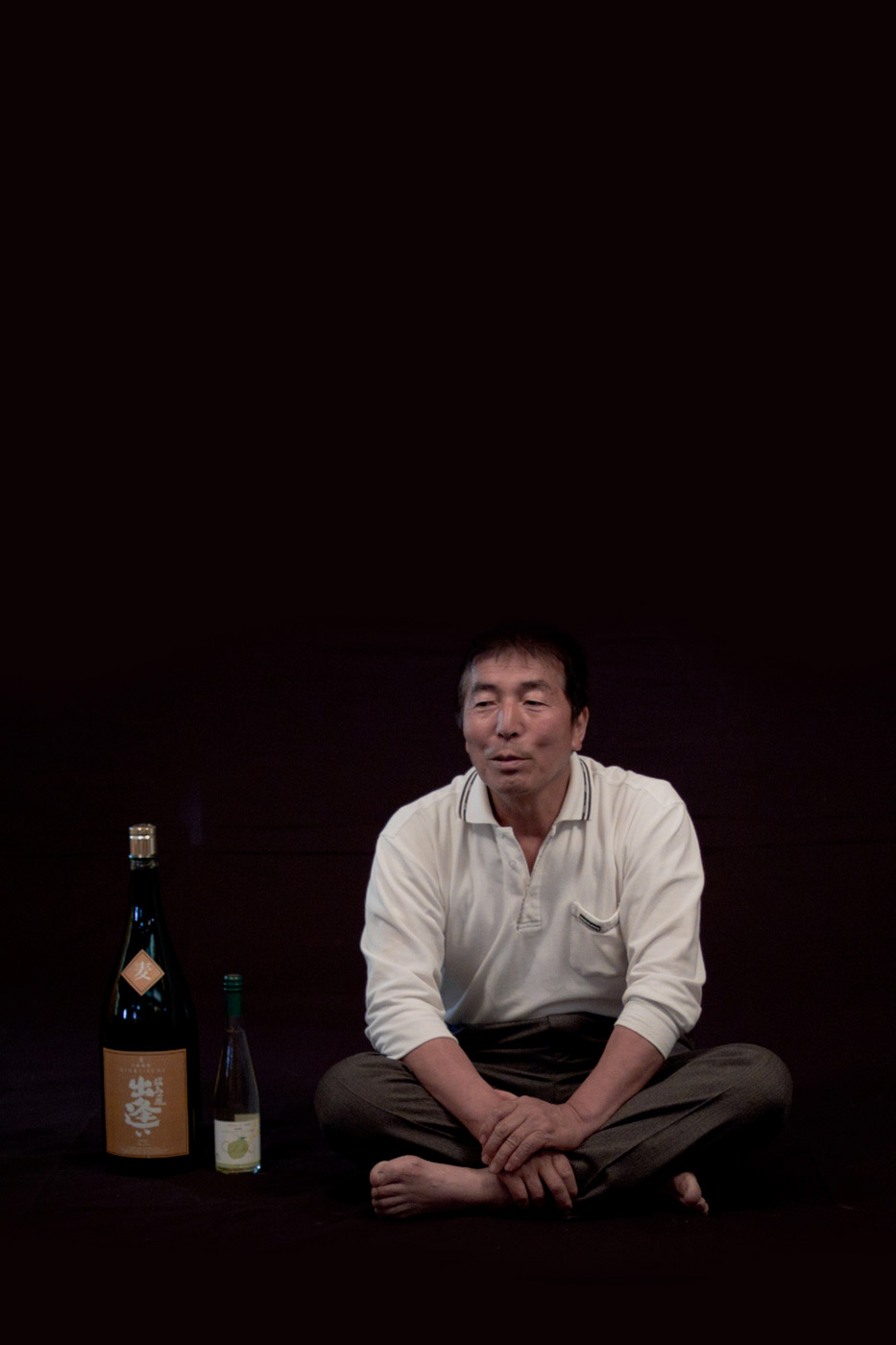
Photo from the filming: Mélanie Pavy
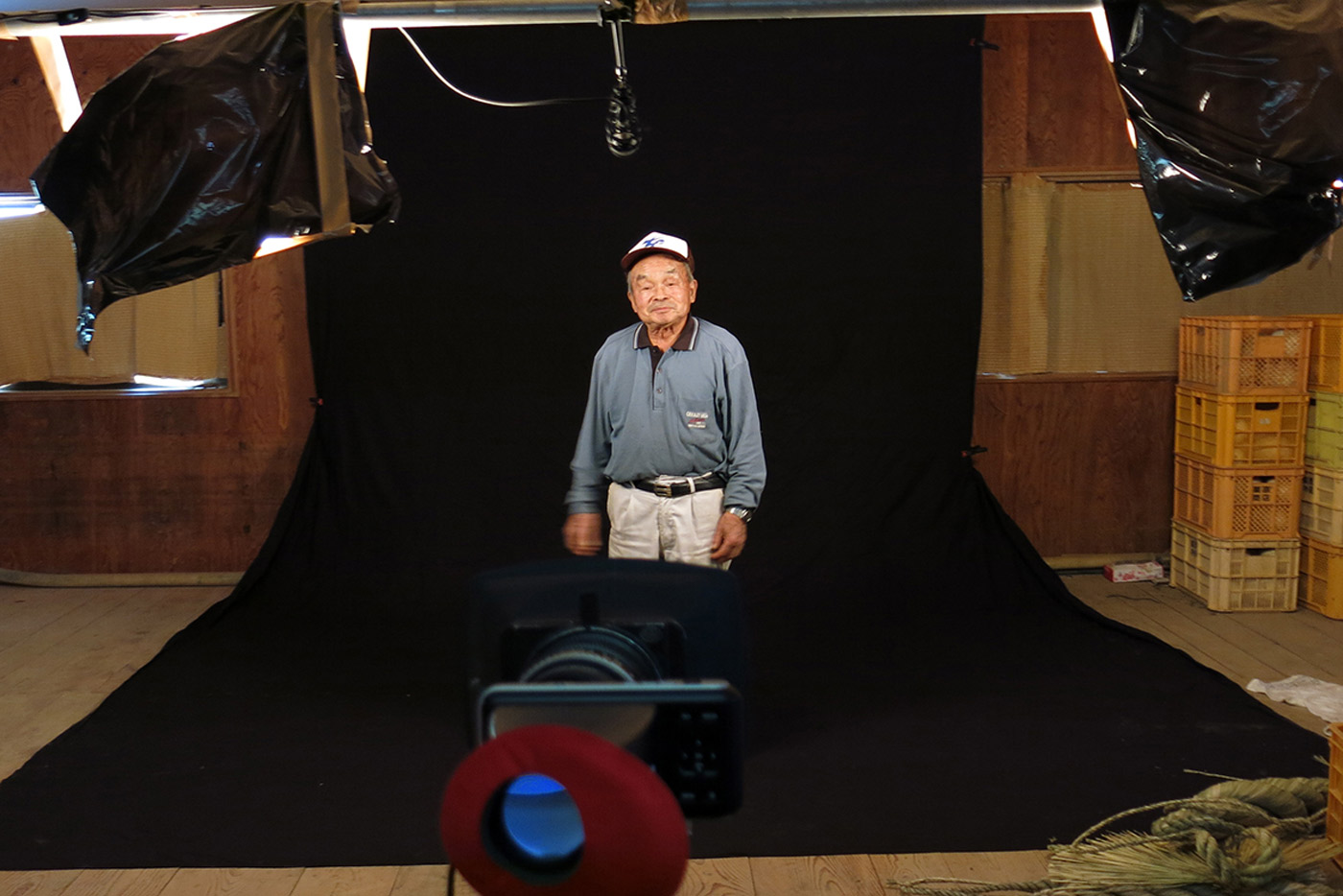
Oeuvre: Stéphane Sautour. Photo: Pierre Antoine
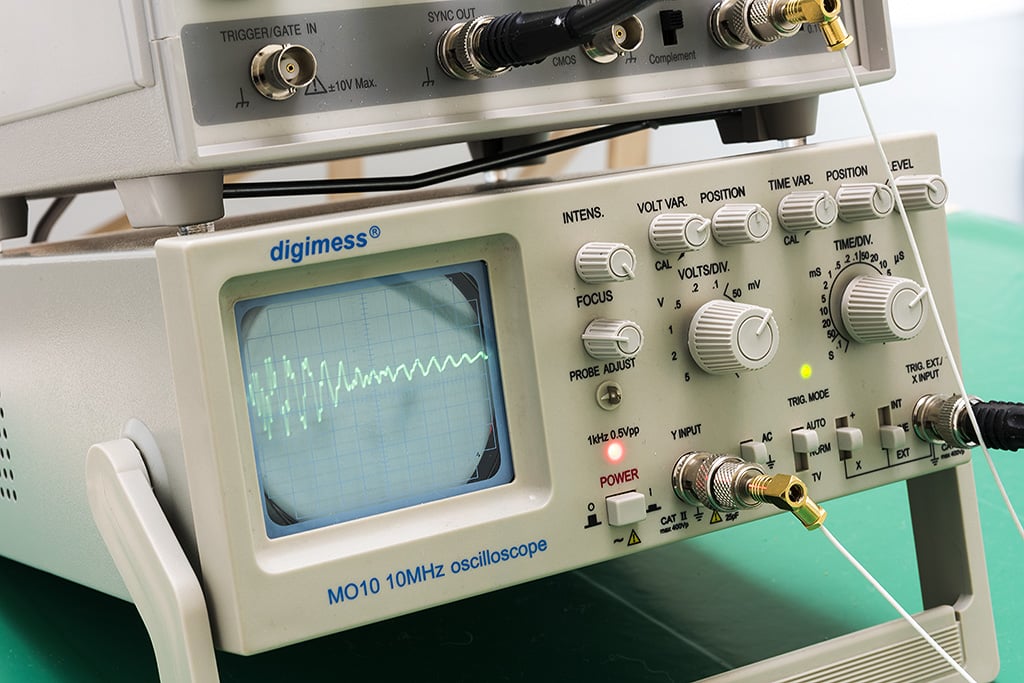
Oeuvre: Stéphane Sautour. Photo: Pierre Antoine
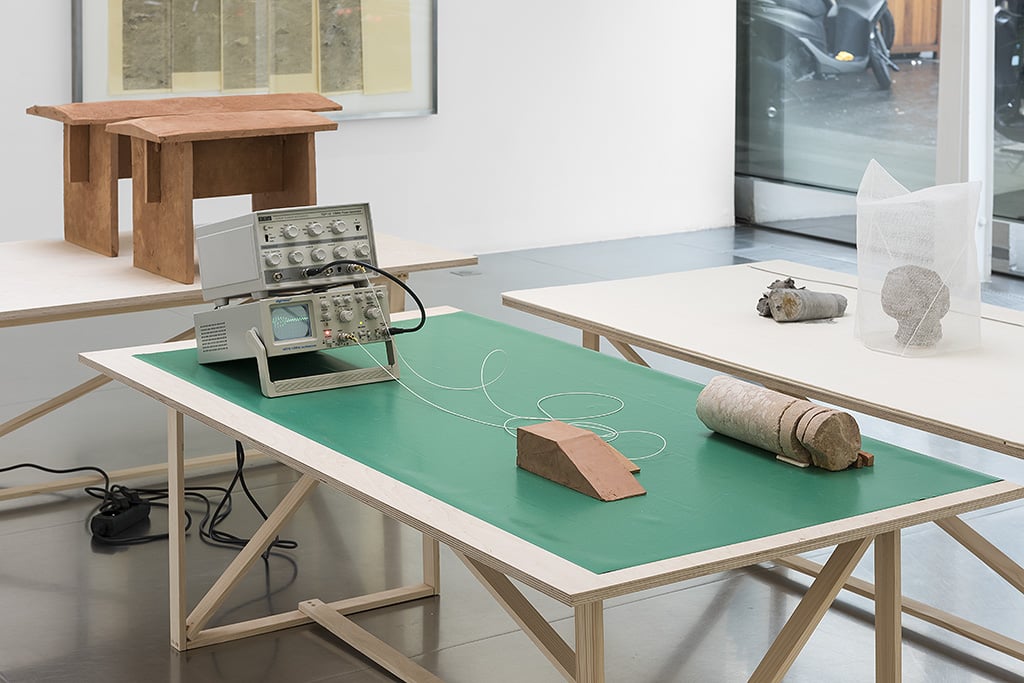
Installation: Castaing Taylor / Paravel / Karel. Photo: Pierre Antoine
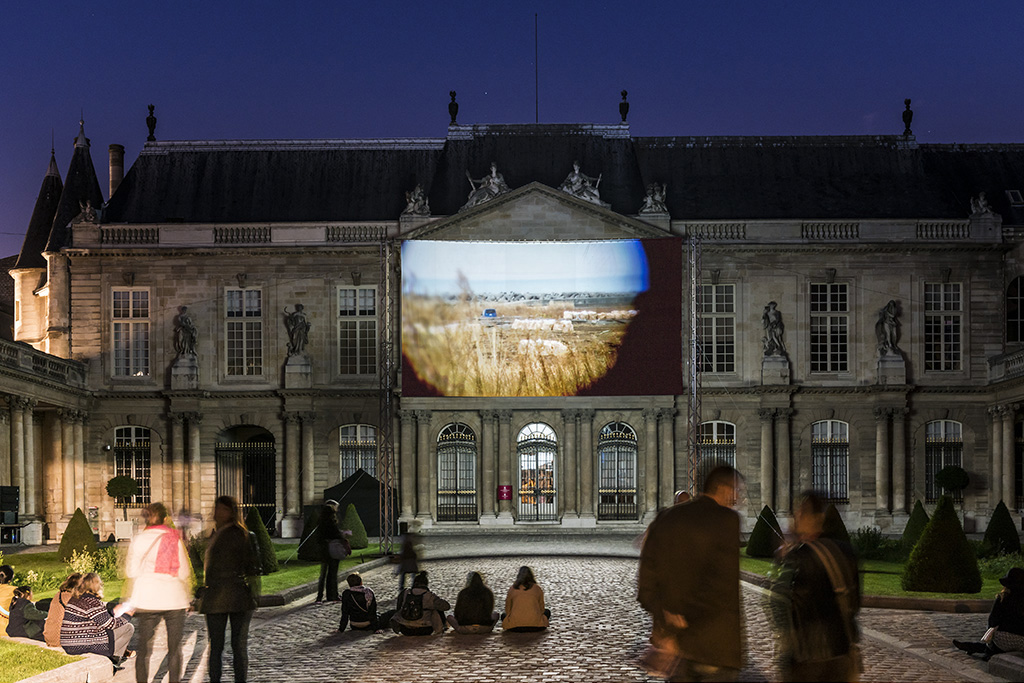
Installation: Castaing Taylor / Paravel / Karel. Photo: Pierre Antoine
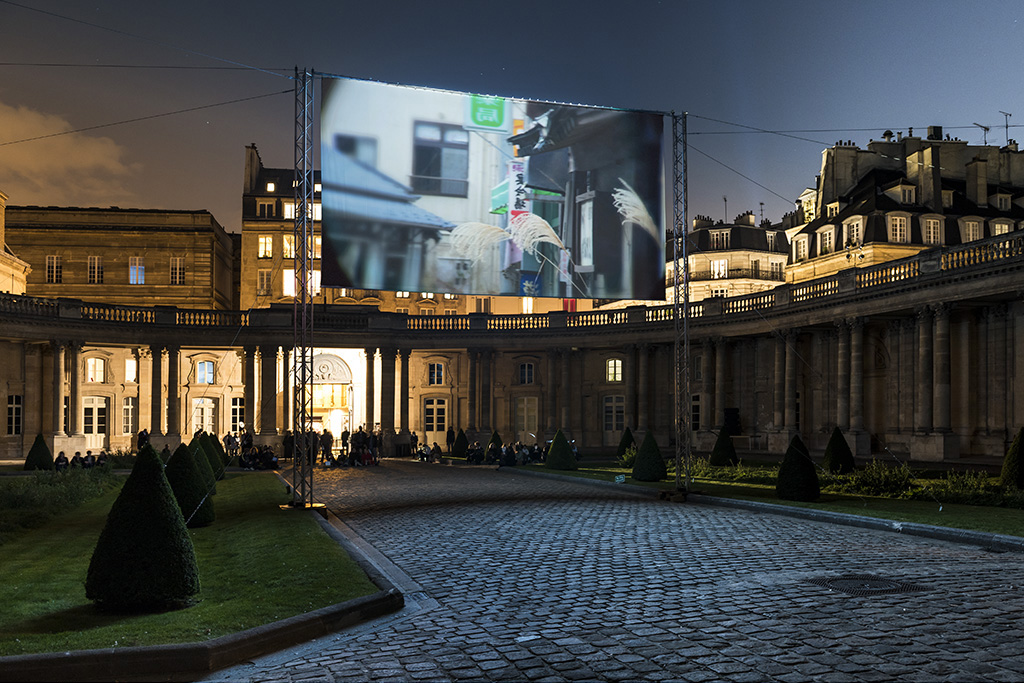
Installation: Castaing Taylor / Paravel / Karel. Photo: Pierre Antoine
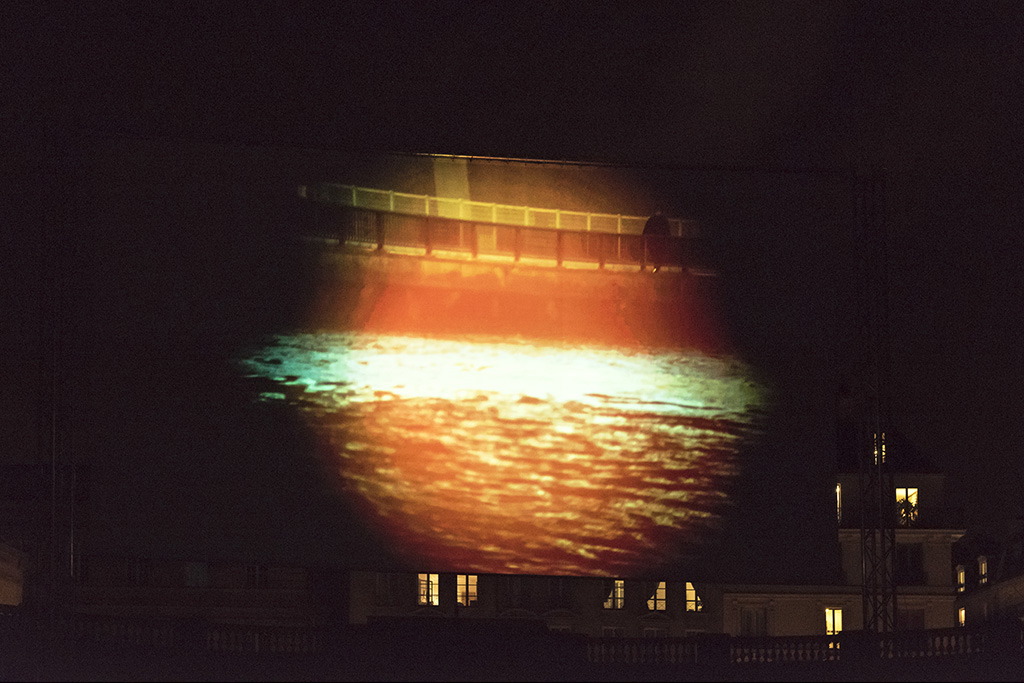
Installation: Castaing Taylor / Paravel / Karel. Photo: Pierre Antoine
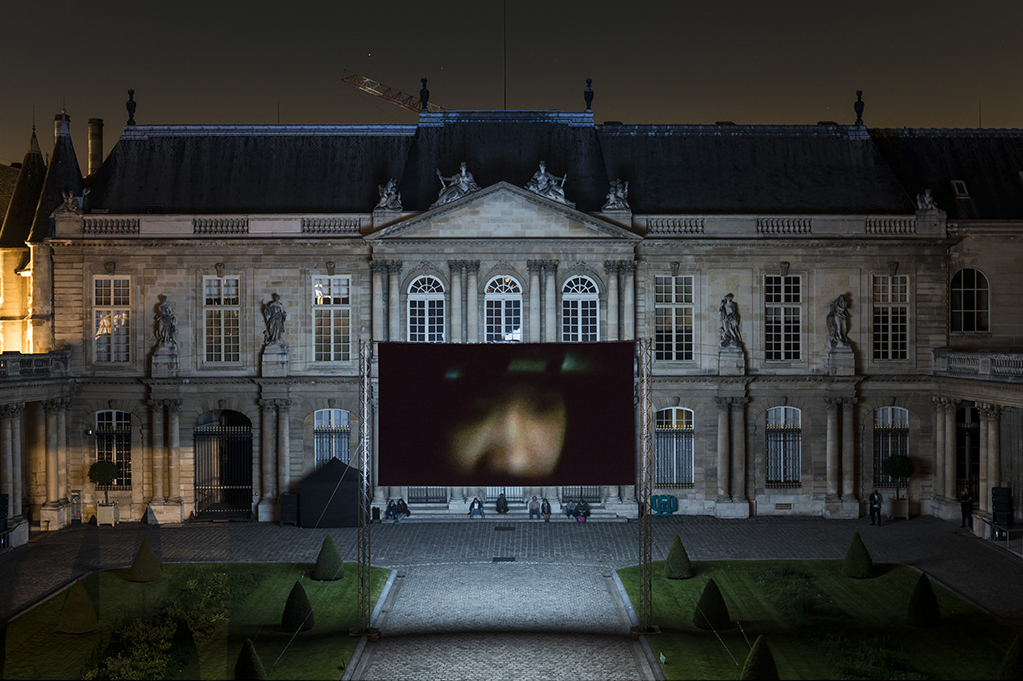
Installation: Castaing Taylor / Paravel / Karel. Photo: Pierre Antoine
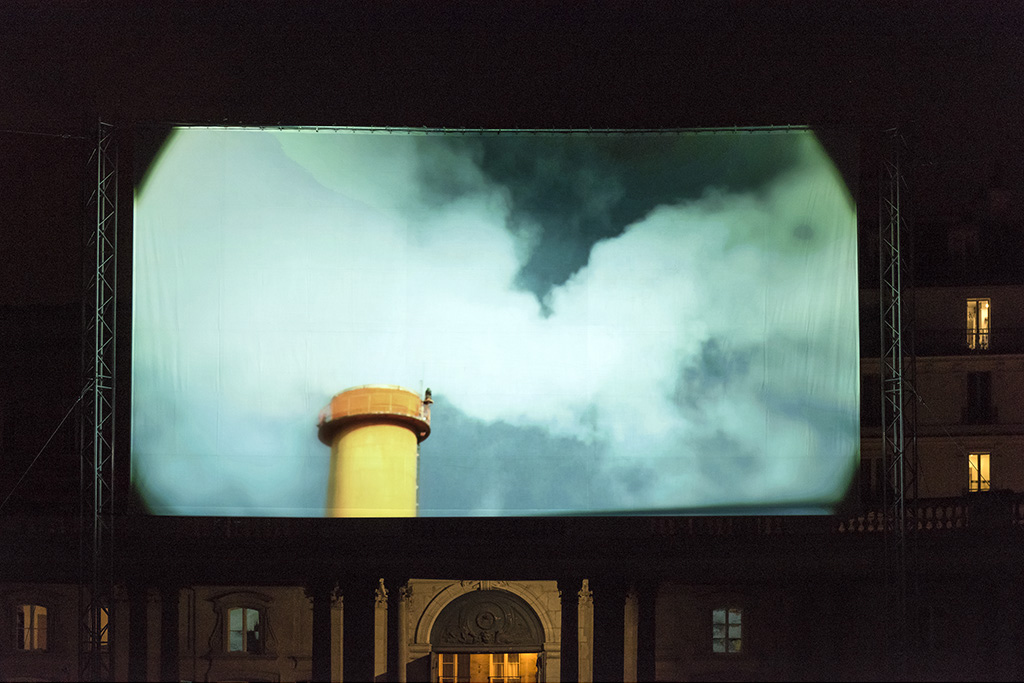
Installation: Castaing Taylor / Paravel / Karel. Photo: Pierre Antoine
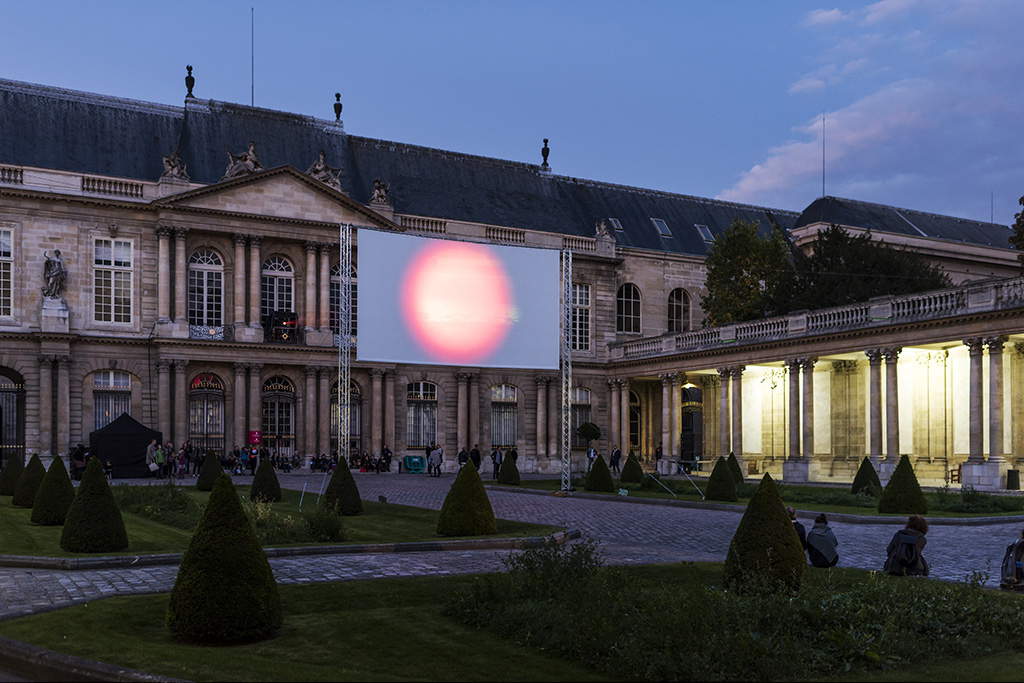
Artwork: van Eetvelde Sautour. Photo: Jean-Baptiste Bélanger.
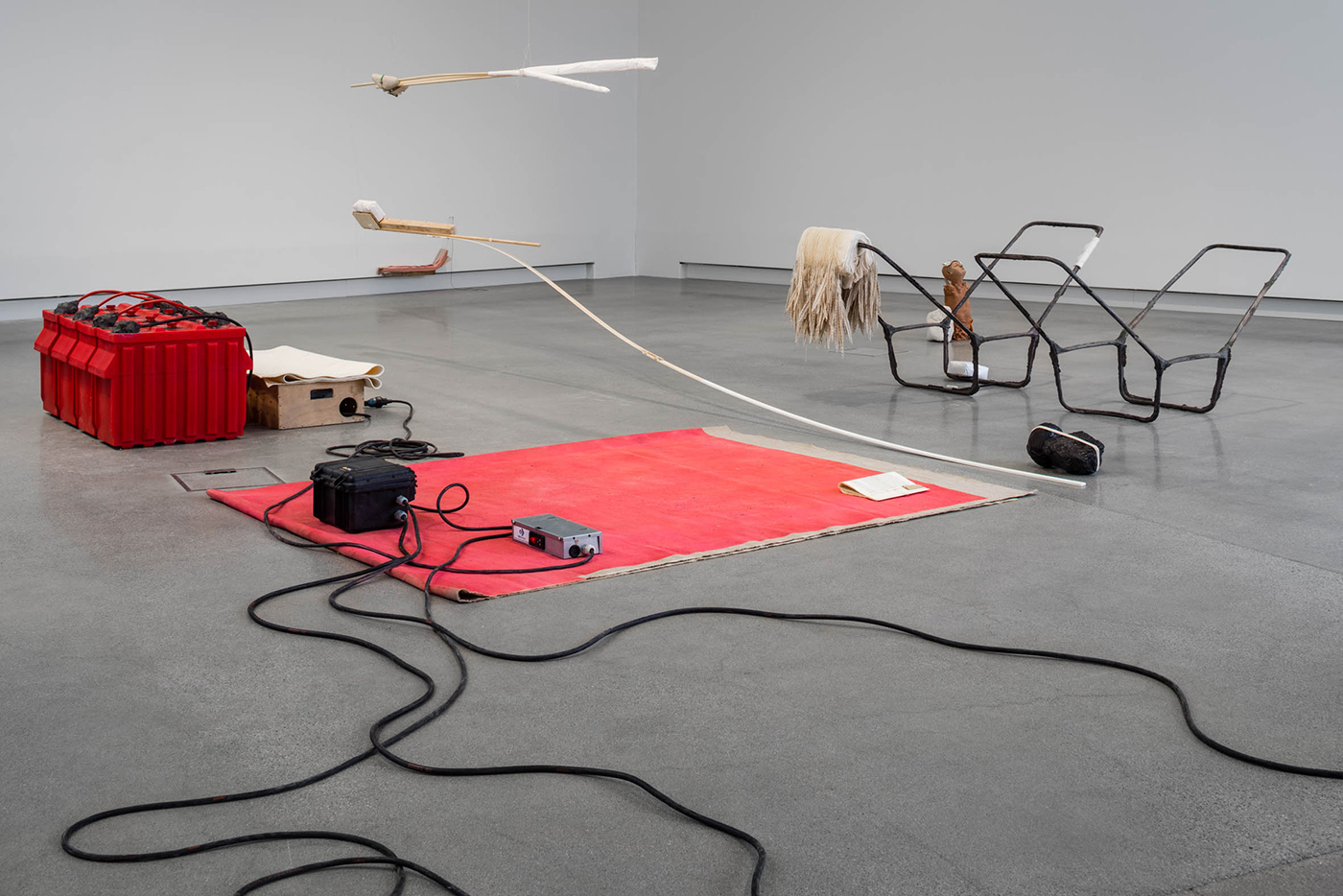
Artwork: van Eetvelde Sautour. Photo: Jean-Baptiste Bélanger.
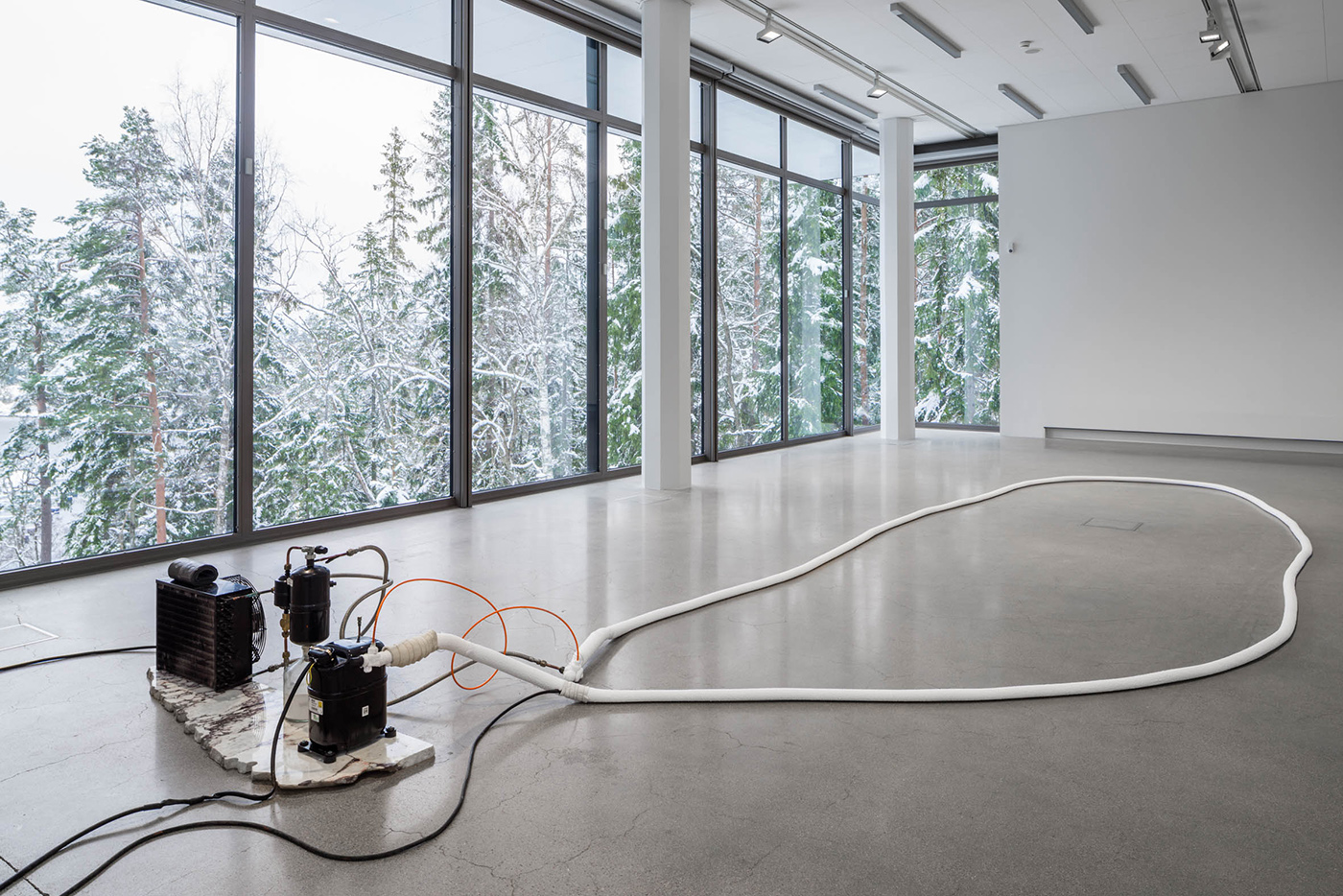
Artwork: van Eetvelde Sautour. Photo: Antoine Dumont.
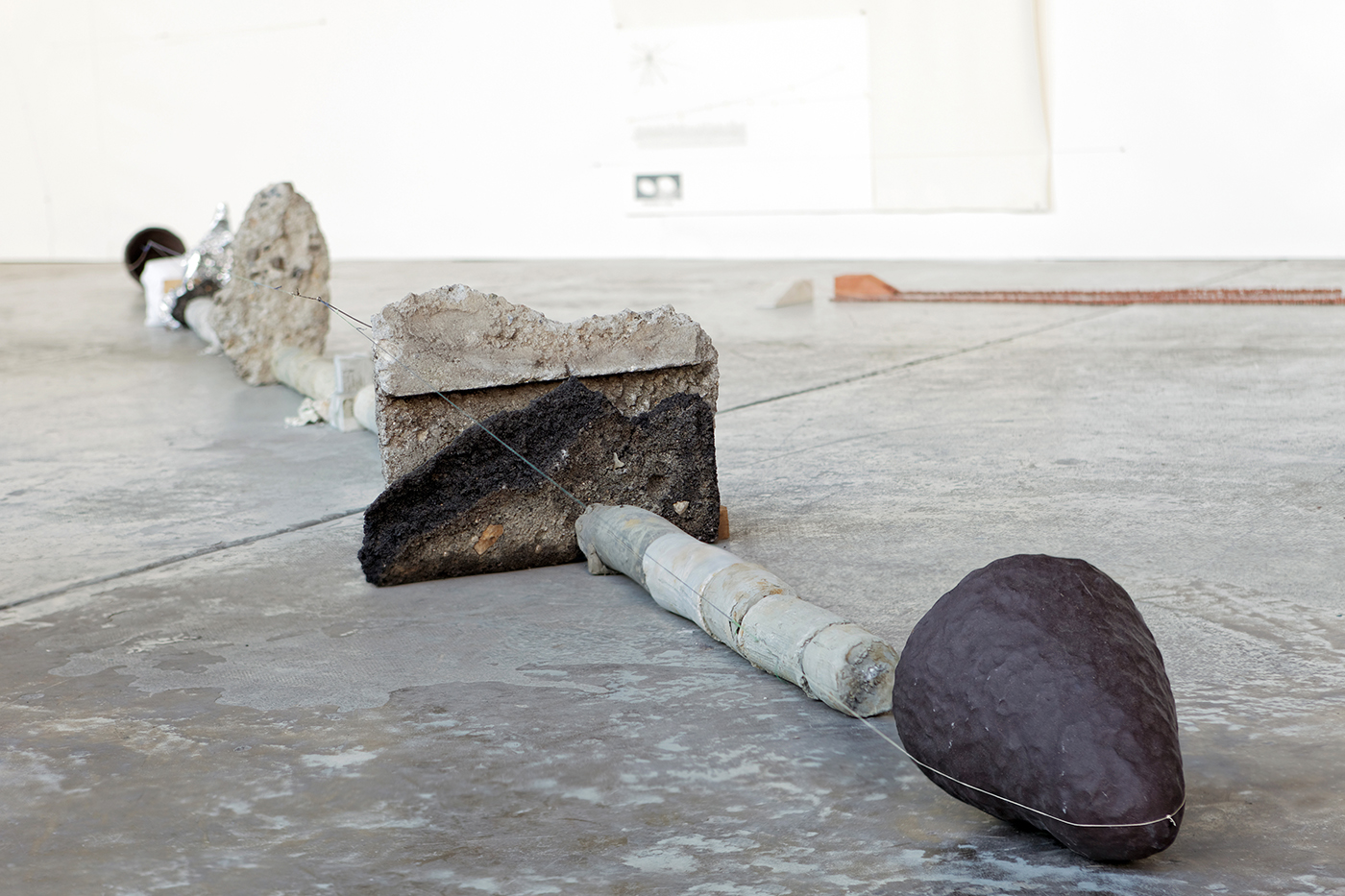
Artwork: van Eetvelde Sautour. Photo: Galerie Greta Meert.
